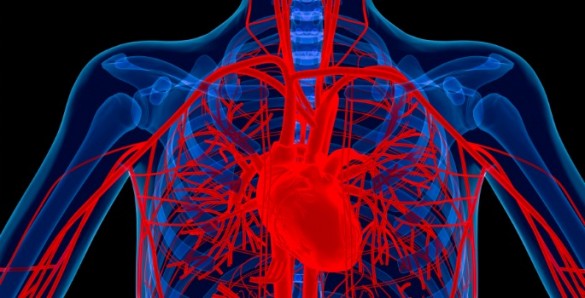Stem cells — specialized cells that can self-renew and generate functional cells — maintain adult tissues. They reside in a specialized microenvironment, known as a niche, that regulates their self-renewal and activities. Understanding the structure and signaling of the niche is important for developing stem-cell based regenerative therapies.
Xiaoxi Wang, PhD, and Andrea Page-McCaw, PhD, are studying fruit fly ovaries, a model stem cell niche. They report in the February issue of Development that support cells called anterior escort cells, located next to the germline stem cells, are a required component of the niche.
Previous studies had suggested that only cap cells (another cell type) were required in the ovary niche. The researchers found, however, that anterior escort cells — like cap cells — anchor the stem cells and produce signals to repress stem cell differentiation.
They also found that cap cells produce a survival signal, Wnt6. In the absence of Wnt6 signaling, anterior escort cells die and germline stem cells are lost.
This research was supported by the National Institutes of Health (grants HD074834, GM117899).
Send suggestions for articles to highlight in Aliquots and any other feedback about the column to aliquots@vanderbilt.edu















